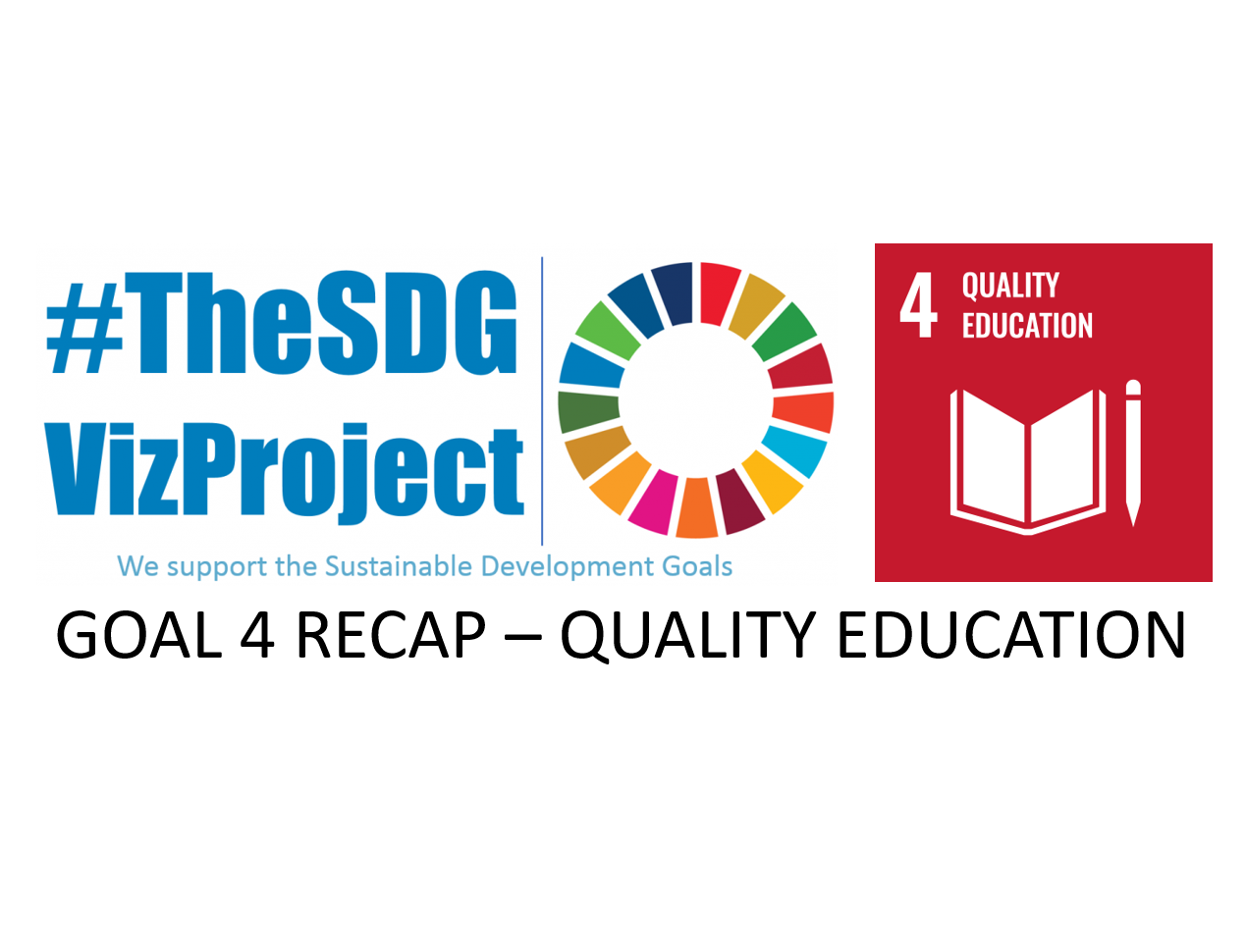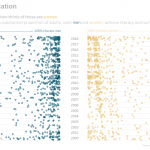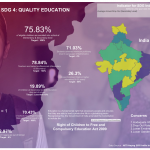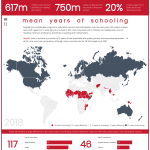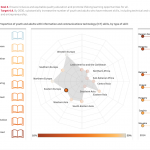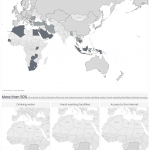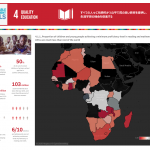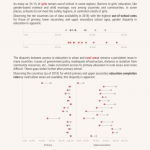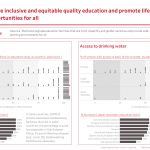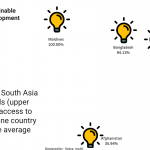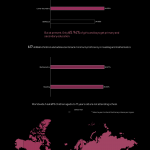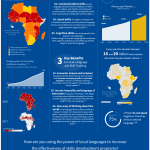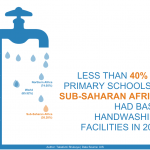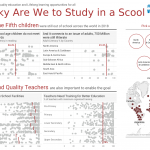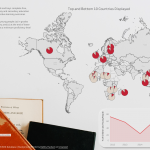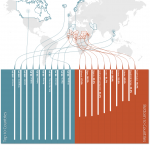
Goal 4: Ensure inclusive and equitable quality education
and promote lifelong learning opportunities for all
Goal 4 Recap:
This concludes another great month for #TheSDGVizProject with 16 total submissions! Of these 16 people, 9 of them have participated in every single month so far, which is absolutely incredible. We can’t tell you how much we appreciate your continued support and look forward to many more great months with you. This month we also had 5 new participants, which is also really, really exciting! We want to give another big thank you to the folks at the Centre for Humanitarian Data for providing another amazing variety of datasets for the project this month, and we’d like to thank SIL International for their participation.
Submissions:
Here are all of this month’s submissions. Please click on a thumbnail below to view the viz on Tableau Public, or view them in our Viz Gallery
Community Submissions:
Organizer Submissions:
What We Learned:
We learned a lot about disparities in education around the world this month, but here are a few of the takeaways.
- Roughly 750 million adults are illiterate and two thirds of them are women
- There are significant disparities in access to education between rural and urban areas, as well as between poor and rich families
- By 2030, roughly 15% of the entire global workforce will live in Africa
- Over 600 million children lack basic proficiency in reading and mathematics
- More than half of schools in Sub-Saharan Africa do not have access to basic drinking water, hand-washing facilities, internet access, or computers
- In roughly 70% of countries that reported (117 out of 163) men, on average, spent longer in school than women
- In some countries more than 50% of school aged girls are not in school
- In some countries government spending on education is as high as 14% of the GDP. In at least 10 countries, it is less than 2%
- As much as 50% of children with disabilities in low and middle income countries are out of school
How can we contribute to improving Education?
As with many of the Sustainable Development Goals, the best way that you can help areas around the world that are struggling the most with Education is to make a donation or to volunteer your time to charitable organizations that are already actively working in these areas. Some of these include UNICEF, UNESCO, Save The Children, The Association for Childhood Education International, and The Global Partnership for Education. There are also a lot of ways that you can help support education in your local communities. Some of these include; volunteering at a local youth or community center to teach a skill, a short course, or english as a second language; donate school supplies and/or unused books to local schools; volunteer to tutor, chaperone, or otherwise help at a local school or library; attend school board meetings and/or PTO meetings; and assist and support school fundraising efforts.
Thank you for another great month, and keep an eye on our blog for the June Goal Announcement!

